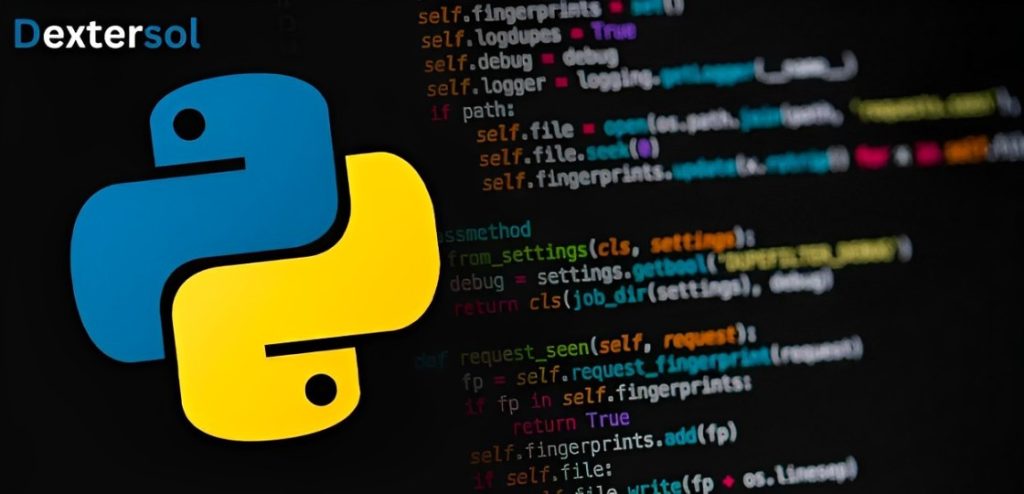
How to Learn Python for Web Development?
What is Web Development?
Web development is the process of designing a website and web application. Tasks include:
★World-wide web development.
★Creation of content.
★Designing of client-side and server-side scripts.
★Designing of network security and development of e-commerce systems.
Generally speaking, web development can be described as designing, creating, and maintaining a website. As the use of the internet grows, web development has emerged as an essential service that can help people and companies thrive.
What is Python Web Development?
Python web development means using the Python programming language to develop web applications. Python is famous for being easy to learn and understand, making it attractive to developers. It enables the construction of a slow prototype and has a substantial following of users who support its libraries and frameworks. Python web development can be used in many areas, such as creating a dynamic web that can be used to make other websites, application programming interfaces, and even data-oriented applications.
Why Use Python for Web Development?
Here are several reasons why researchers have found Python ideal for developing web applications. First, it is quite a simple language to learn, even for a newcomer. This lack of concern simplifies the development process to enable developers to pay more attention to developing applications rather than the nuances of coding.
Also, Python has a vast number of libraries for programming in WEB, for example, such frameworks as Flask and Django, which simplify the work. These frameworks have built-in facilities like user authentication, database connectivity, URL routing, etc., through which developers can build strong and highly functional applications in less time. Also, the languages are compiled, and Python is versatile in that it can be used in conjunction with other languages/technologies for web projects.
How to Use Python for Web Development
Step 1: Install Python
First download the latest version and then install python for your operating system.
Step 2: Learn Basic Web Development Concepts
First download the latest version and then install python for your operating system.
HTML
Use web browsers and learn the system components of the web pages and basic HTML tags (titles, headings, links, images).
CSS
Give your web pages a rich look and feel through the help of Colours, layout, font, etc., via CSS.
JavaScript
Understand JavaScript, as this will help bring interactivity to your web applications.
Step 3: Choose a Python Web Framework
Django
If you are strictly looking for multitude of features incorporated in a framework then you go for Django.
Flask
If you would like to be given a fast and lightweight framework then Flask is perfect for you.
Step 4: Build Your Application
Define Routes: Make routes to reflect various paths of URLs in your application.
Connect to a Database: Data storage and management can be done through a database tool, in this case, SQLite for Django or SQLalchemy for Flask.
Create Templates: HTML templates can be used to render continuously changing information. In Django, the default is Django templates, while in Flask, the default is Jinja2.
Handle Forms: Use input mostly from forms and process data on the server.
Step 5: Test Your Application
Debugging
Debugging tools are usually provided with your web application framework, so use them to solve your problems.
Unit Testing
Create tests for your application; the only goal should be to prove that it is working as it should. Both Django and Flask have their testing frameworks, and Flask has extensions.
Step 6: Deploy Your Application
Choose a Hosting Platform
The Heroku, AWS, or DigitalOcean services are possible options for the web application deployment.
Prepare for Deployment
Depending on the recommendations given for your specific framework of choice and the hosting service.
Push Your Code
To deploy the application using Git, send your code to the hosting platform or upload files following the service’s instructions.
Step 7: Keep Learning and Improving
Explore Advanced Topics: This will enable you learn about REST APIs, as well as authentication and authorization, and refine your front-end development ability.
Join the Community: Attend conferences, gossip, join groups or take online courses that are in relation to Python and web development.
Best Practices for Python Web Development
It is worth acknowledging that by applying best practices when creating web applications with Python, you will achieve the result of qualitatively superior code. First, generate code with correct syntax and indentation.
Second, use a version control system such as Git to track the changes made to your code and synchronize the differences with others. Also, security must be considered a priority to enforce the application’s best practices; for example, when accepting user input parameters, always do input validation and opt for a secure authentication scheme, among others.
Finally, make sure your application must be documented properly. Documentation is good for other people who will read your code and helps you maintain your work later on.
Therefore, learning Python for web development is the way to enter a world of opportunities. Indeed, the person can develop interesting and interactive web applications by reviewing the main basics of web development and exploring Python frameworks and standards. No matter how long you have been practicing development or just getting started, you will find a place for Python in the constantly shifting web development landscape.